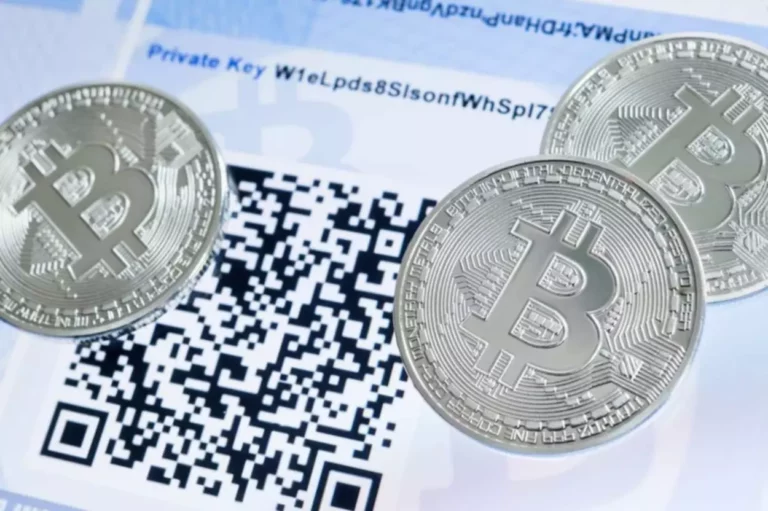We set up existence of an immediate-trading equilibrium, during which asset trading occurs in anticipation of a liquidity shock, and generally additionally of a delayed-trading equilibrium, in which property are traded in response to a liquidity shock. We present that, when it exists, the delayed-trading equilibrium is Pareto superior to the immediate-trading equilibrium, despite Mining pool the presence of adverse choice. We additionally show that the delayed-trading equilibrium features extra exterior liquidity than the immediate-trading equilibrium though it is provided within the presence of opposed choice.
Inside And Outdoors Liquidity

In Inside and Outside Liquidity, leading economists Bengt Holmström and Jean Tirole offer an authentic, unified perspective on these questions. In Inside and Outdoors Liquidity, main economists Bengt Holmstr�m and Jean Tirole provide an unique liquidity pool forex, unified perspective on these questions. We think about a mannequin of liquidity demand arising from a attainable maturity mismatch between asset revenues and consumption. This liquidity demand could be met with both cash reserves (inside liquidity) or through asset gross sales for money (outside liquidity). The query we address is, what determines the combination of inside and outside liquidity in equilibrium? An necessary source of inefficiency in our mannequin is the presence of asymmetric details about asset values, which will increase the longer a liquidity commerce is delayed.
Outside And Inside Liquidity
- This liquidity demand may be met with either cash reserves (inside liquidity) or via asset gross sales for cash (outside liquidity).
- In Inside and Outside Liquidity, main economists Bengt Holmström and Jean Tirole offer an original, unified perspective on these questions.
- We present that, when it exists, the delayed-trading equilibrium is Pareto superior to the immediate-trading equilibrium, despite the presence of antagonistic selection.
- An important source of inefficiency in our model is the presence of asymmetric information about asset values, which will increase the longer a liquidity commerce is delayed.
Why do financial establishments, industrial companies, and households hold low-yielding money balances, Treasury bills, and different liquid assets? When and to what extent can the state and international financial markets make up for a scarcity of liquid property, allowing brokers to save tons of and share risk extra effectively? These questions are on the heart of all monetary crises, including the present world one.In Inside and Exterior Liquidity, main economists Bengt Holmström and Jean Tirole provide an authentic, unified perspective on these questions. The authorities has an active function to play in enhancing risk-sharing between consumers with restricted dedication power and firms dealing with the high prices of potential liquidity shortages. In this perspective https://www.xcritical.in/, private risk-sharing is at all times imperfect and will lead to monetary crises that may be alleviated via authorities interventions.
